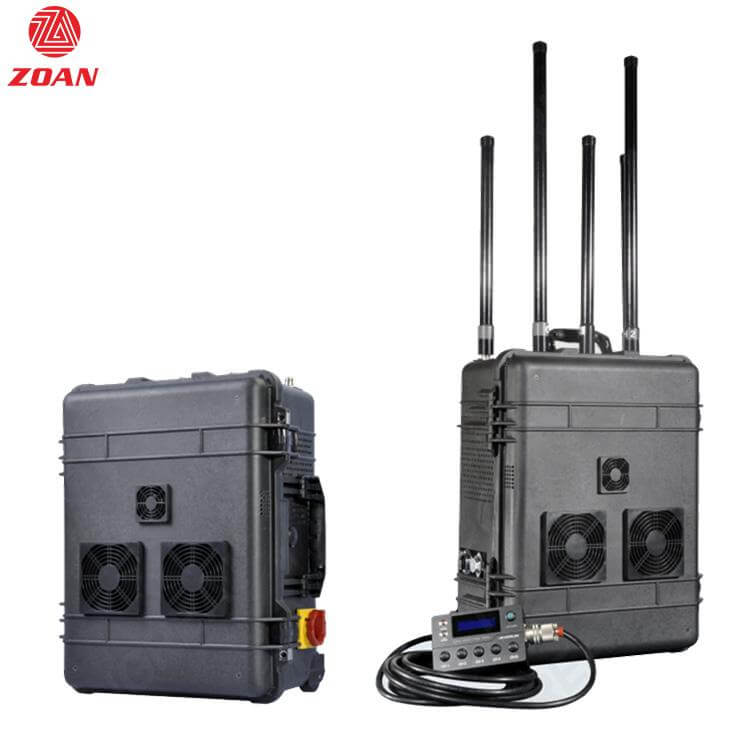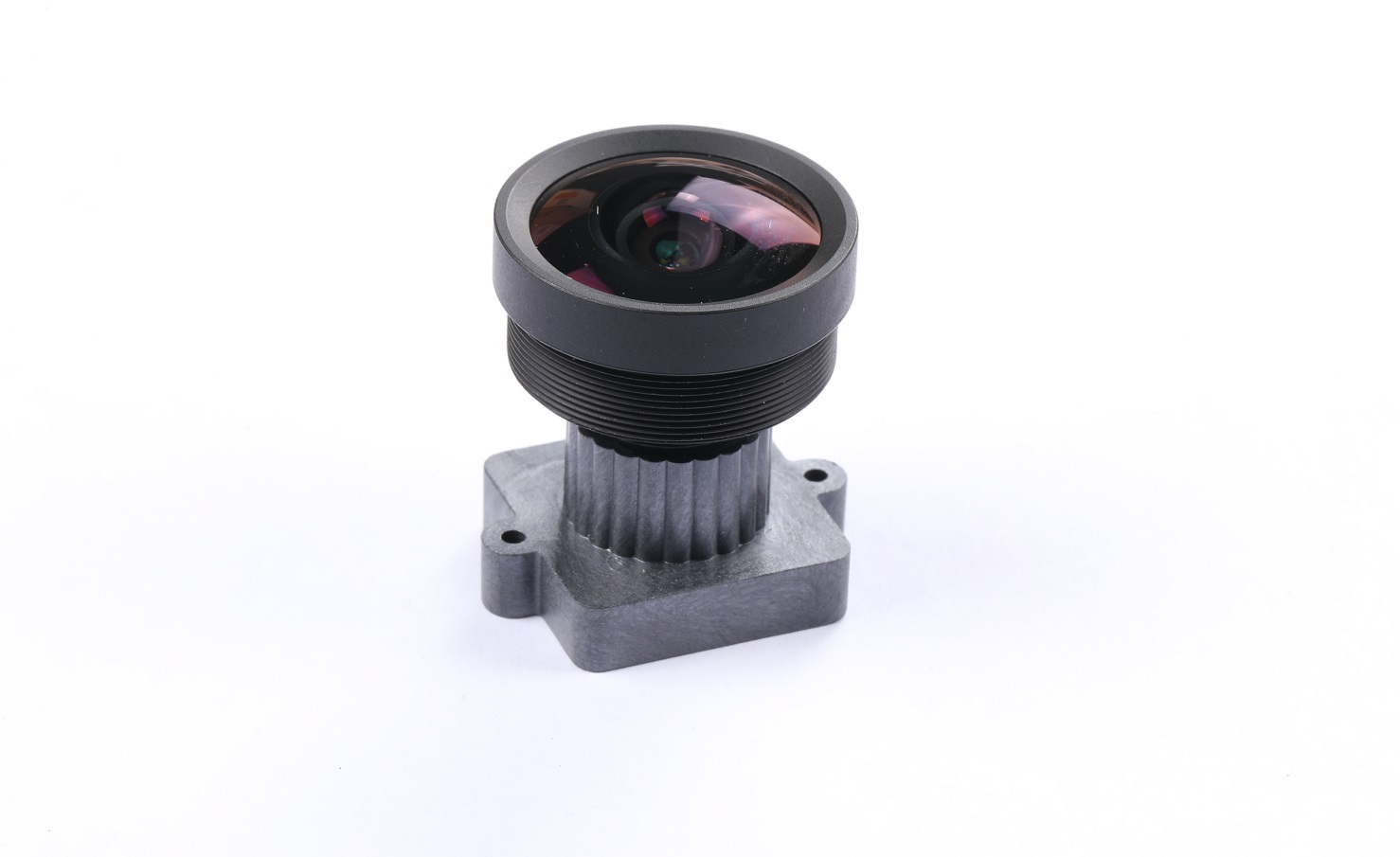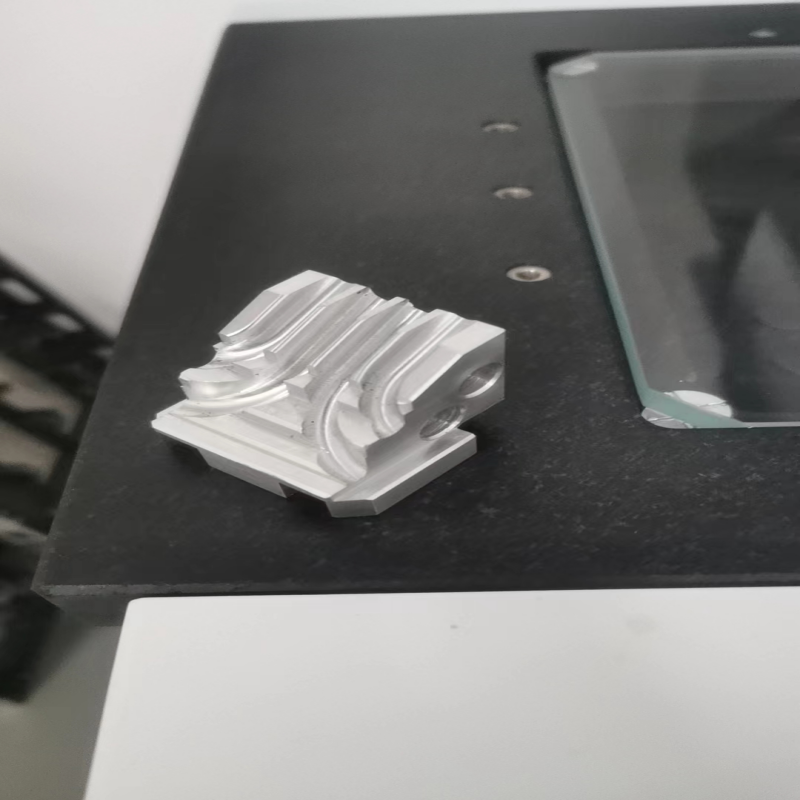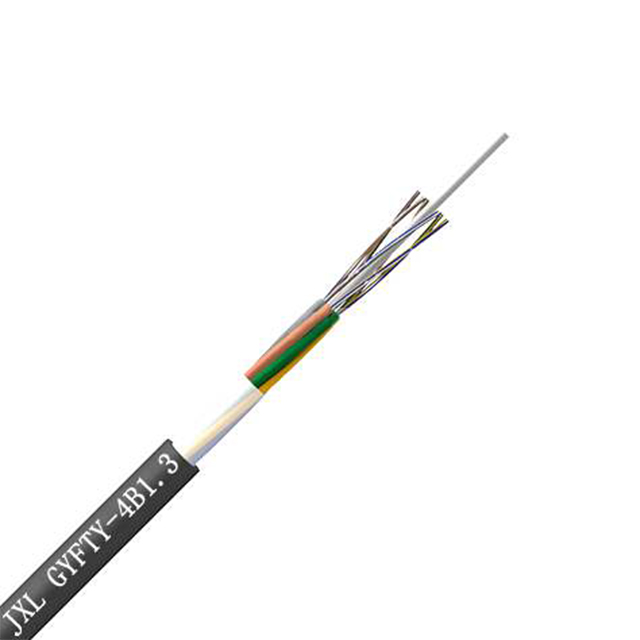The Evolution of Keypads and Switches in Electronic Devices
Electronic devices have become an integral part of our daily lives, and the way we interact with them has evolved over time. Key input technology has played a crucial role in this evolution, and today we have two primary options available – silicone keypads and traditional switches. Each of these technologies offers its own set of advantages and disadvantages, leading to an ongoing debate regarding their supremacy.
1. Understanding Silicone Keypads
Silicone keypads, also known as elastomeric keypads, have gained significant popularity in recent years. These keypads are made of silicone rubber, a flexible and durable material that offers numerous benefits. Silicone keypads provide a soft and comfortable touch, making them suitable for applications requiring repetitive key pressing. Additionally, they are resistant to water, dust, and general wear and tear.
2. The Pros and Cons of Silicone Keypads
Silicone keypads offer several advantages over traditional switches. Firstly, they are cost-effective to produce, making them a preferred choice for manufacturers. They also provide a quiet typing experience, ideal for electronic devices used in quiet environments. However, silicone keypads might not offer the same level of tactile feedback as traditional switches, which can be a drawback for some users. Furthermore, the design flexibility of silicone keypads allows for customized shapes, colors, and backlighting options, enhancing the aesthetics of electronic devices.
3. Understanding Traditional Switches
Traditional switches, on the other hand, have been the go-to choice for many years. These switches use mechanical contact to register key presses, providing excellent tactile feedback. With advancements in technology, various types of switches, such as membrane switches and mechanical switches, have emerged, each catering to specific requirements. Traditional switches are known for their durability and responsiveness, making them suitable for applications where precise feedback is essential.
4. The Pros and Cons of Traditional Switches
Traditional switches offer many advantages. Their tactile feedback ensures that users can register key presses accurately, making them popular among avid gamers and professionals who rely on precise typing. Additionally, their robust construction allows them to handle heavy usage and harsh environments. However, traditional switches tend to be bulkier and noisier compared to silicone keypads. The cost of production is often higher, and their susceptibility to dirt and moisture can affect their performance in the long run.
5. The Verdict: Which Reigns Supreme?
The choice between silicone keypads and traditional switches ultimately depends on the specific requirements of the end-user. For applications that prioritize cost-effectiveness, customization options, and resistance to environmental factors, silicone keypads are an excellent choice. On the other hand, if tactile feedback, durability, and responsiveness are essential, traditional switches might be the better option. It is important to consider the intended use, budget, and user preferences while making this decision.
Conclusion
Silicone keypads and traditional switches both have their unique set of advantages and disadvantages, making the decision of choosing between them challenging. While silicone keypads offer customization options and resistance to environmental factors, traditional switches provide tactile feedback and robustness. The ultimate supremacy of one over the other depends on the specific requirements and preferences of the user. As technology continues to evolve, we can expect further advancements in key input technology, providing even more options for users to choose from.
https://longxiangsilicone.com/news/166.html
![]()






